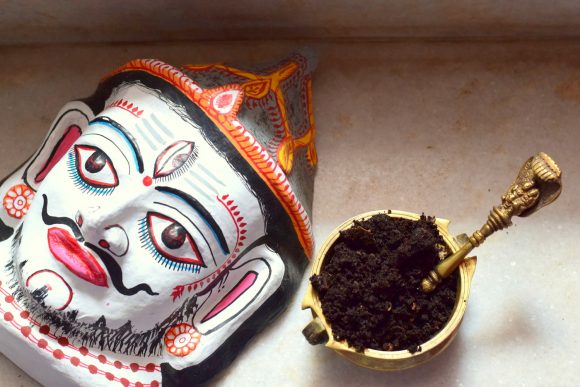
What is a compost? How long does it take?

Composting for beginners!
How does it work?
- I collect my wet waste in the kitchen in a bin for a day or two.
- I drop it in my compost bin and add equal quantity of coco peat into it.
- To start the breakdown process, I add a hand full of ready compost.
- Once a week, I shake the bin to mix the ingredients in it and let more oxygen in.
- Once the first bin is full, I start using the second bin and do step 1, 2 and 3 every second day.
- again once a week, I shake both bins to mix the stuff in it.
Since I add my garden waste into in, my two bins fill up in two to three months, so I bought a pair of plastic buckets that have a lid, I poked some holes into them so there is aeration and now I use them as my compost storage bins. once in a while I spread my compost on a tarp and let it dry a bit, so I can sieve the fine compost out and add it to my plants and put the bigger pieces back into the composting bin for further breakdown.
What can go wrong with my compost?
Only too things happen. Either your compost is not breaking down or you have a big pile of fat maggots in your bin.
Composting doesnt happen if your pile is too dry, remember you need equal amount of dry and wet ingredients. At all times you need to have a moist pile, not wet not dry. So add a little water or sour buttermilk to give it a boost. Keep going! Compost is very forgiving.
Big fat maggots happen if your compost pile is too wet, balance it with adding more coco peat. Dont try to kill the maggots or freak out like you are under attack. Maggots are our friends and they are harmless. If it freaks you out, mix the coco peat in, cover the pile with a thick layer of coco peat and leave it aside for a few days and it will settle down. Use the second bin for the time.
What else?
- Store your compost bin in a place where it is not under direct sunlight or rain. Sunlight will dry it and rain will make it more wet.
- Keep your bin covered at all times. Know that all insects love a warm moist pile of dirt, so insects tend to get attracted if you dont keep it covered.


Leave a Reply